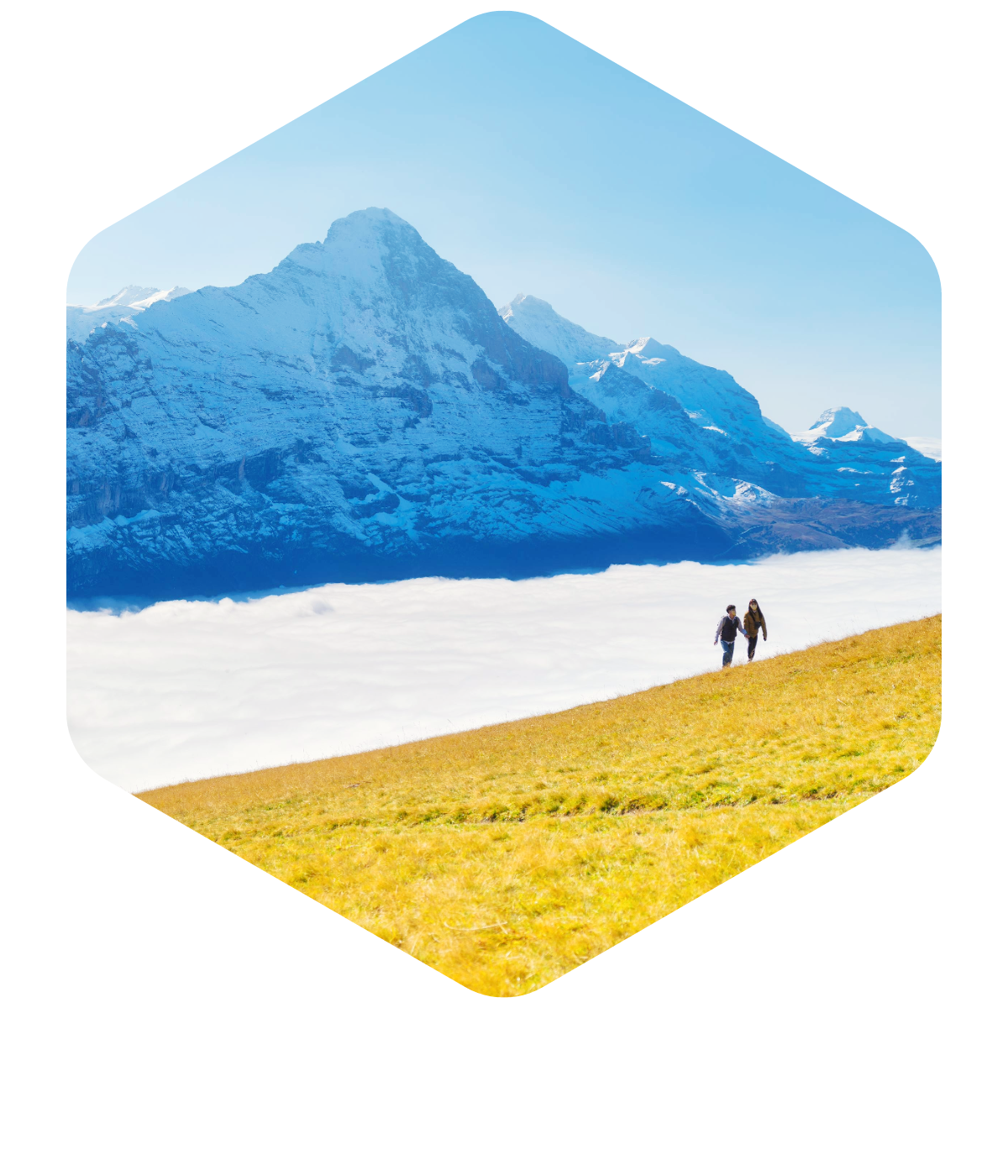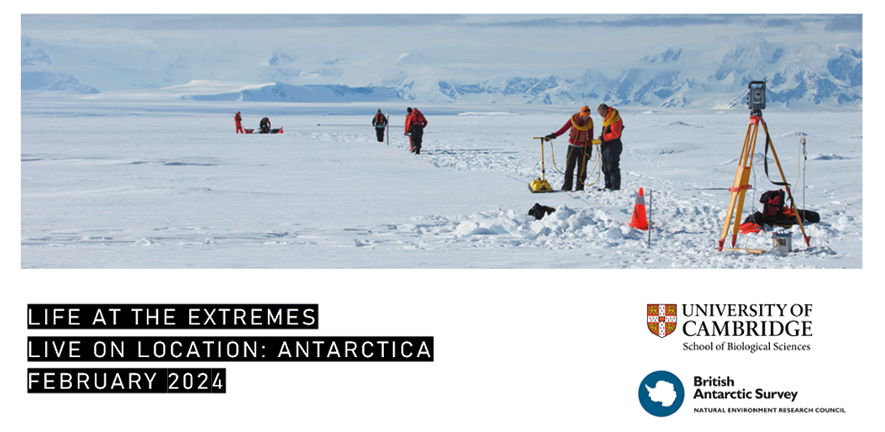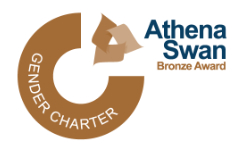'Life at the Extremes' encompasses the exploration of organisms, environments, people and societies that exist in environments that are considered exceptionally challenging or harsh, such as extreme temperatures, high altitudes, areas of low nutrient availability and societies recovering from natural disasters. Working together across disciplinary boundaries, Cambridge researchers are delivering new knowledge on the rules of life in extreme environments. Growing our understanding of the biology or resilience in these extreme environments offers important new opportunities to shape the future of resilient life, climate responses and global health.
Collaboration and Engagement
A series of collaboration meetings are taking place across Cambridge to facilitate scientific discussion and innovation within the context of Life at the Extremes. The meetings have produced new collaborations across Departmental boundaries and a number of significant grant applications and philanthropic opportunities.
In 2024 we are launching a new series of live broadcasts with our researchers on location in the extreme environments where their extraordinary research is based. The series kicks off in February with researchers Professor Melody Clark and Professor Lloyd Peck joining us live from Antarctica to share insights into how animals adapt to the extreme cold and how they may react in the face of climate change.
You can watch the recording on the University's LinkedIn page: Life at the Extremes: live from the Antarctic!
Key Collaborators
Extremes and Society, led by Amanda Sferruzzi-Perri and Sarah Lloyd-Fox
Dino Giussani, Physiology, Development and Neuroscience
Sarah Lloyd-Fox, Psychology
Jenny Molloy, Chemical Engineering and Biotechnology
Andrew Murray, Physiology, Development and Neuroscience
Sue Ozanne, Institute of Metabolic Science
Amanda Sferruzzi-Perri, Physiology, Development and Neuroscience
Organisms and Extreme Environments, led by Laura Itzhaki and Melody Clark
David Aldridge, Zoology
Sam Brockington, Plant Sciences
Adrián Cazares, EMBL-EBI and Wellcome Sanger Institute
Melody Clark, British Antarctic Survey
Matthew Collins, Archaeology
Walter Federle, Zoology
Florian Hollfelder, Biochemistry
Laura Itzhaki, Pharmacology
Gabriele Kaminski Schierle, Chemical Engineering and Biotechnology
Clemens Kaminski, Chemical Engineering and Biotechnology
Johannes Kromdijk, Plants
Kathryn Lilley, Biochemistry
Emily Mitchell, Zoology
Witold Morek, Wellcome Sanger Institute
Lloyd Peck, British Antarctic Survey
Eleanor Raffan, Physiology, Development and Neuroscience
Oliver Shorttle, Earth Sciences
Ewan St. John Smith, Pharmacology
Eske Willerslev, Zoology



